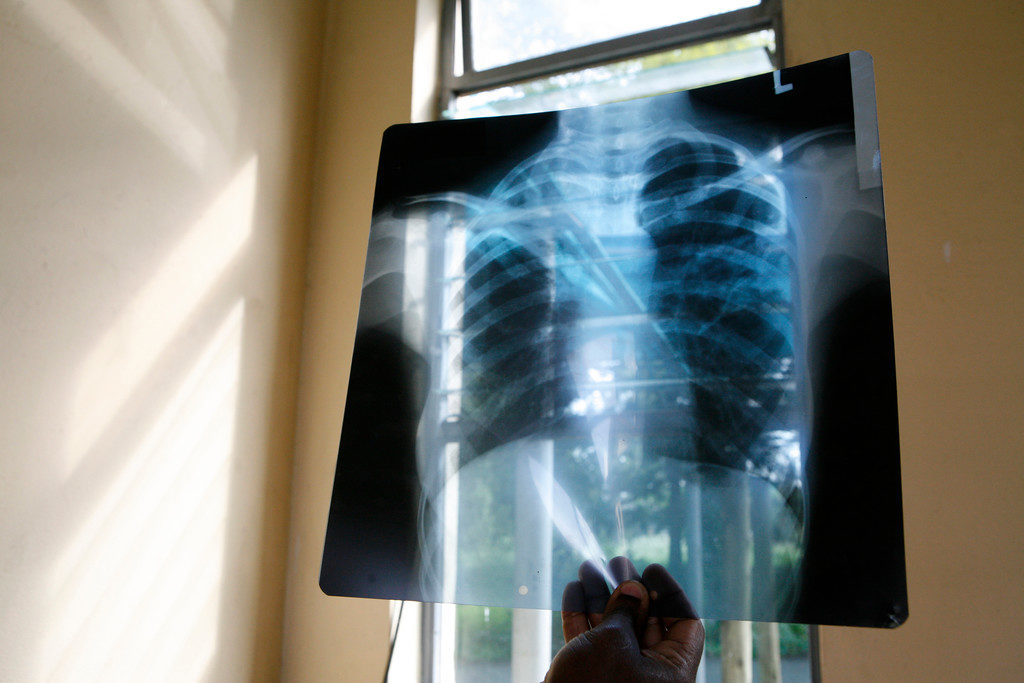The STREAM Stage 1 results showed the efficacy of the 9-11-month STREAM treatment regimen is comparable to that of the 20-month treatment regimen previously recommended in

Stage 1 of the STREAM trial closed to recruitment in 2016, with 424 participants. It aimed to determine whether a 9-11-month treatment regimen that demonstrated cure rates exceeding 85 percent during a pilot program in Bangladesh, was as effective as the longer regimen under clinical trial conditions. Seven sites in Vietnam, Mongolia, South Africa, and Ethiopia participated in Stage 1 of the trial.
Efficacy and safety of 9-11-month regimen is comparable to the 20-month regimen
The results of STREAM Stage 1, published in the New England Journal of Medicine, showed that the 9-11-month regimen was statistically non-inferior to the 20-month regimen, in terms of efficacy (78.8 percent of assessable participants had a favorable outcome, compared to 79.8 percent in the longer regimen.) In other words, the efficacy of the 9–11-month regimen is comparable to that of the 20-month regimen. There was no evidence that efficacy results were worse in HIV-infected participants compared to HIV-negative participants.
There were very similar rates of grade 3-5 adverse events between with two arms, with 48.2% of participants who received the 9-11-month regimen compared to 45.4% in the 20-month regimen. The most common grade 3-5 adverse events were cardiac conduction disorders which increases the risk of serious and potentially fatal arrhythmias (10% in the 9-11 month regimen vs 5% in the 20-month regimen), and of metabolism and nutrition disorders (15% in the 9-11 month regimen, and 20% in the 20-month regimen).
The work carried out as part of Stage 1 influenced WHO guidelines and supported the move away from the previously recommended 20-month regimen to a standardized 9-month regimen. The 20-month regimen had a number of important drawbacks, including the duration of treatment, the significant side-effects of the drugs used, poor cure rates, and the cost of treatment.
Until now there has been a lack of strong supporting evidence to underpin MDR-TB treatment guidelines. The results from STREAM Stage 1 help to fill that gap.
Dr I.D. Rusen, Project Director for the STREAM Trial.
Significant advantages of the shorter regimen
The STREAM 9–11-month regimen had substantial advantages versus the longer 20-month regimen. It reduced treatment times, decreased the overall pill burden for patients and helped improve retention under programmatic conditions. Furthermore, the 9–11-month regimen resulted in cost savings to patients and health systems compared to the 20-month regimen.
The continuing importance of STREAM Stage 2
There remains an urgent need to improve the efficacy and safety of MDR-TB treatment, and further research into shorter regimens is vitally important. STREAM Stage 2 is evaluating an all oral regimen that is potentially as effective and more tolerable than the injectable-containing regimens currently in use. STREAM Stage 2 is also evaluating whether the fully oral 9–11-month regimen will result in cost-savings for patients and/or health systems, and includes a health-related quality of life assessment. Stage 2 of the STREAM trial is expected to contribute important evidence regarding injectable-free, all-oral MDR-TB regimens. Those regimens are already being introduced based on the experience of national TB programs, but there is currently no clinical trial evidence regarding their efficacy, safety, or cost-effectiveness. Stage 2 results will address this gap, providing high-quality evidence that could influence future guidelines and decision-making regarding all-oral regimens. Recruitment to Stage 2 was completed in January 2020 and preliminary results are expected in 2022.
To read more about the STREAM Trial, click here.
